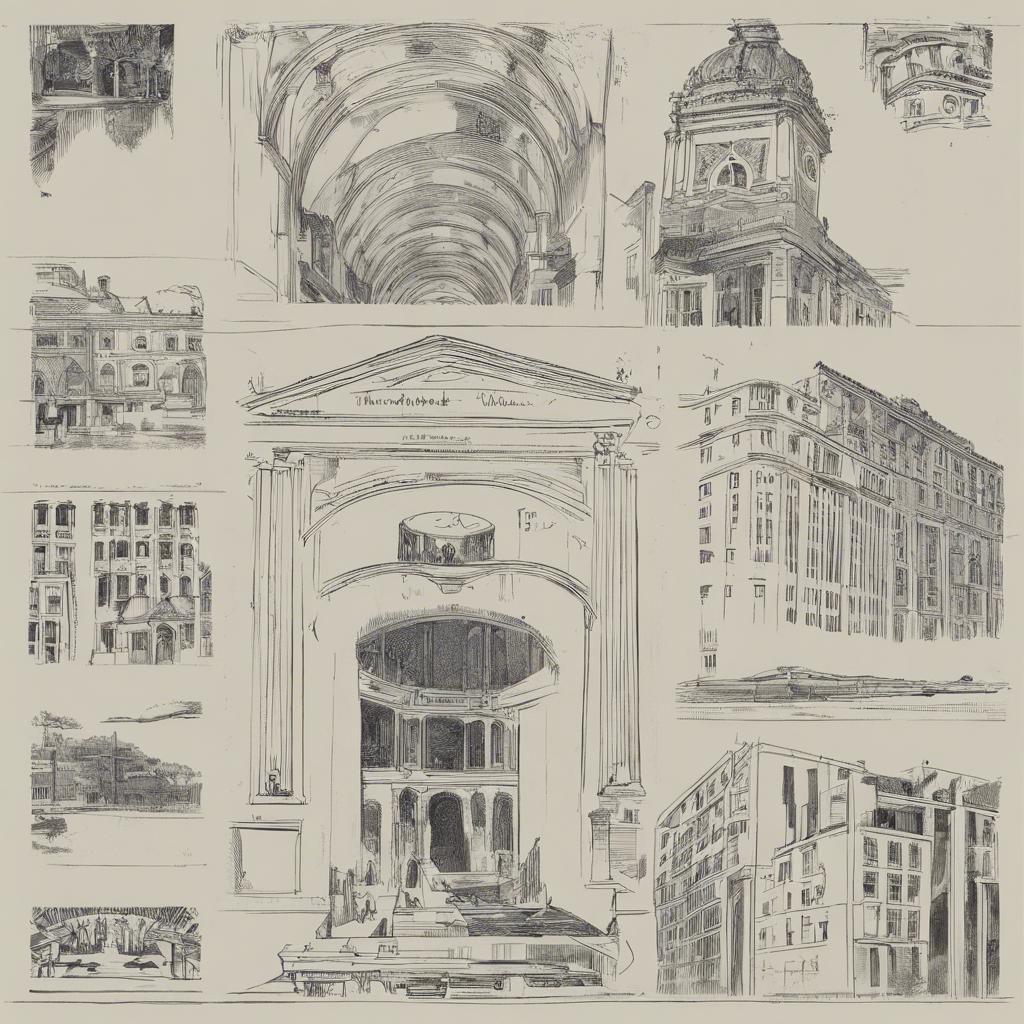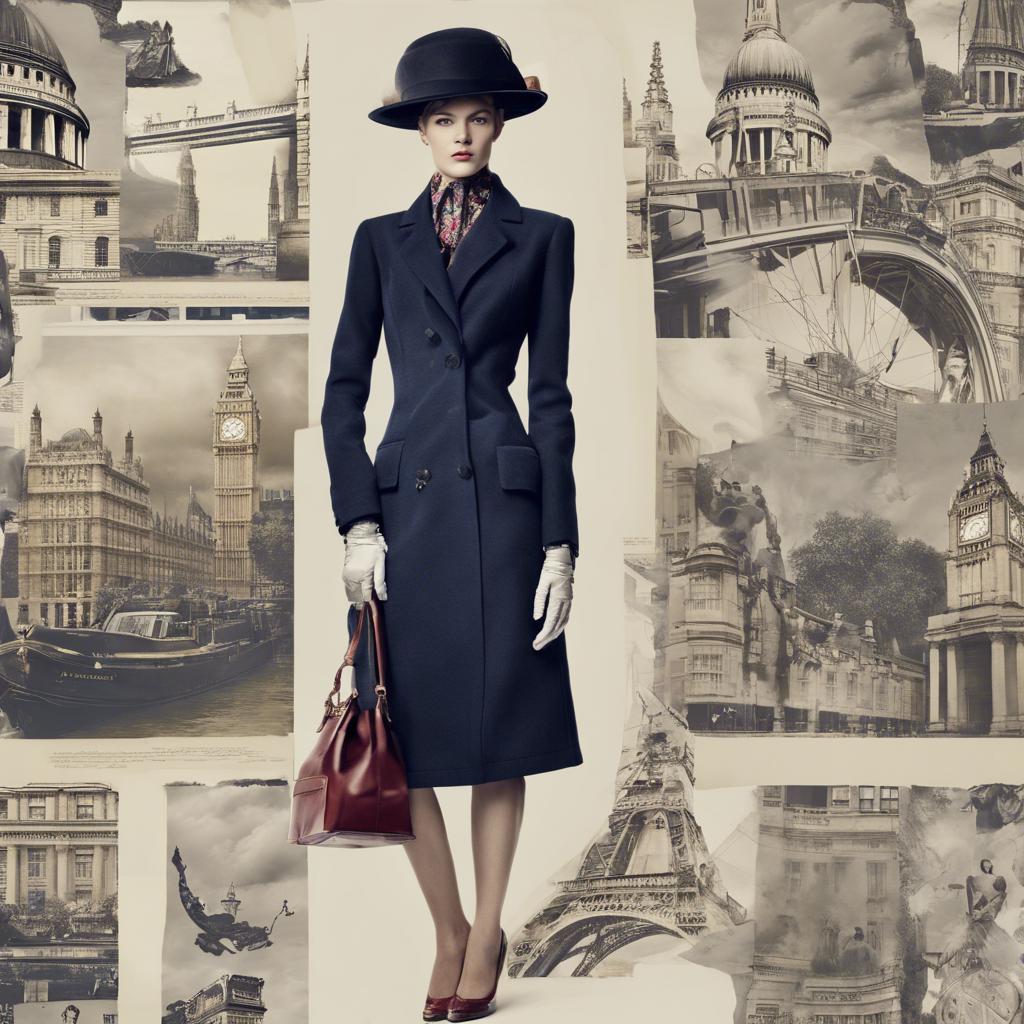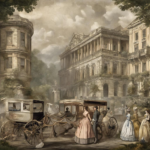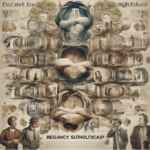During the regency era in London, fashion became a symbol of social status and refinement among the elite. The intricately designed garments and accessories of the time reflected the opulence and extravagance of the era, while also adhering to strict social norms and expectations. In this article, we will delve into the fascinating world of regency era London fashion, exploring the trends, influences, and significance of clothing during this iconic period in British history.
Step Into the World of Cheryl Bolen
Dive into the enchanting stories of love, intrigue, and elegance set in the Regency Era. Cheryl Bolen's novels offer timeless romance and captivating tales that will leave you wanting more.
Explore Cheryl Bolen's Books Now
Headings:
During the Regency era in London, fashion was a crucial element of society, reflecting one’s status, wealth, and taste. The clothing styles of this period were influenced by the extravagant and elegant tastes of the Prince Regent himself, later King George IV. Ladies’ fashion during this time was characterized by high-waisted dresses, empire silhouettes, delicate fabrics, and intricate embroidery.
Key elements of Regency era London fashion:
- Empire Silhouettes: Women’s dresses featured high waistlines just below the bust, creating a long and flowing silhouette that emphasized the natural waist and bust. This style was a stark departure from the corseted and structured dresses of the previous century.
- Sheer Fabrics: Delicate fabrics such as muslin, silk, and chiffon were popular choices for Regency era dresses. These fabrics were often embellished with fine embroidery, lace, and ribbon trims, adding a touch of elegance to the garments.
- Accessories: Women in Regency era London often adorned themselves with accessories such as gloves, bonnets, parasols, and shawls. These accessories not only served practical purposes but also added a finishing touch to their outfits, enhancing their overall look.
Introduction to Regency Era London Fashion
In the early 19th century, Regency Era London was a time of elegance and refinement, characterized by its distinctive fashion trends. The Regency Era, which spanned roughly from 1811 to 1820, was marked by the influence of King George IV and the rise of romanticism in literature and art.
During this period, London fashion was defined by flowing lines, high Empire waistlines, and delicate fabrics such as muslin and silk. Women’s clothing featured voluminous skirts, empire-waist dresses, and elaborate bonnets adorned with feathers and ribbons. Men’s fashion, on the other hand, consisted of tailcoats, waistcoats, and cravats, reflecting a more tailored and structured silhouette.
Accessories played a crucial role in Regency Era London fashion, with gloves, shawls, and parasols adding the finishing touches to an outfit. Hairstyles were often elaborate, with women sporting intricate updos adorned with pearls and ribbons. Regency Era London fashion was a symbol of sophistication and refinement, reflecting the cultural and societal values of the time.
Elegant Silhouettes and Fabrics of the Regency Era
In the elegant world of Regency era London fashion, silhouettes and fabrics played a crucial role in defining the style of the time. Women’s clothing featured high waistlines, flowing skirts, and delicate details that highlighted femininity and grace. Men’s fashion, on the other hand, showcased tailored suits, cravats, and top hats, creating a polished and sophisticated look.
One of the key elements of Regency era fashion was the use of luxurious fabrics such as silk, satin, and muslin. These fabrics were often embellished with intricate embroidery, lace, and beadwork, adding a touch of opulence to the garments. The soft, lightweight nature of these fabrics allowed for the creation of delicate drapery and elegant silhouettes that were characteristic of the period.
Accessories also played a significant role in Regency era fashion, with women adorning themselves with gloves, parasols, and elaborate jewelry, while men accessorized with pocket watches, walking sticks, and monocles. These accessories added the finishing touches to an outfit, elevating it to a new level of sophistication and refinement.
Accessories and Hairstyles: Completing the Regency Look
In the Regency era London fashion, accessories and hairstyles played a crucial role in completing the overall look. Women in this period adorned themselves with delicate accessories such as pearl necklaces, lace gloves, and intricate fans. These accessories added a touch of elegance and sophistication to their outfits, making them stand out in the fashionable society of the time.
Hairstyles in the Regency era were known for their intricate designs and delicate details. Women often styled their hair in elaborate updos, adorned with feathers, ribbons, and pearls. The popular hairstyle of the time was the Grecian knot, a romantic and ethereal updo that complemented the soft silhouettes of Regency era dresses. To achieve this hairstyle, women would often use hairpieces and hair jewelry to add volume and texture to their hair.
For men, accessories such as top hats, cravats, and walking canes were essential in completing their Regency look. A well-tailored tailcoat paired with a crisp white shirt and a silk cravat was the epitome of male fashion in Regency era London. Additionally, men would style their hair in short, neatly groomed cuts, often using pomade and hair powder to achieve a polished look. The attention to detail in both accessories and hairstyles was what truly defined the fashion of the Regency era.
Tips for Incorporating Regency Fashion into Modern Wardrobe
When looking to incorporate Regency fashion into your modern wardrobe, it’s essential to focus on key pieces that capture the essence of the era. Start by investing in empire-waist dresses, which were a staple of Regency fashion. These dresses feature a high waistline and flowing skirts, creating a timeless and elegant silhouette.
Another way to incorporate Regency fashion into your wardrobe is by incorporating delicate embroidery and lace details. These intricate embellishments were popular during the Regency era and can add a touch of romance to any outfit. Look for blouses, dresses, or accessories with lace or embroidery accents to channel the elegant style of the time.
Accessories play a crucial role in capturing the Regency look. Consider adding a statement bonnet or straw hat to your ensemble for a touch of authenticity. Additionally, delicate gloves, reticules, and pearl jewelry can elevate your outfit and transport you back to the refined and sophisticated world of Regency London.
In Conclusion
the fashion trends of Regency Era London reflected the sociopolitical climate of the time, with a focus on simplicity, elegance, and morality. From the empire silhouette to the dandy style, clothing played a crucial role in defining one’s social status and reputation. As we look back on this era, it serves as a reminder of the power of fashion to reflect and influence society. The legacy of Regency fashion continues to inspire designers and fashion enthusiasts today, highlighting the enduring influence of this pivotal period in sartorial history.


